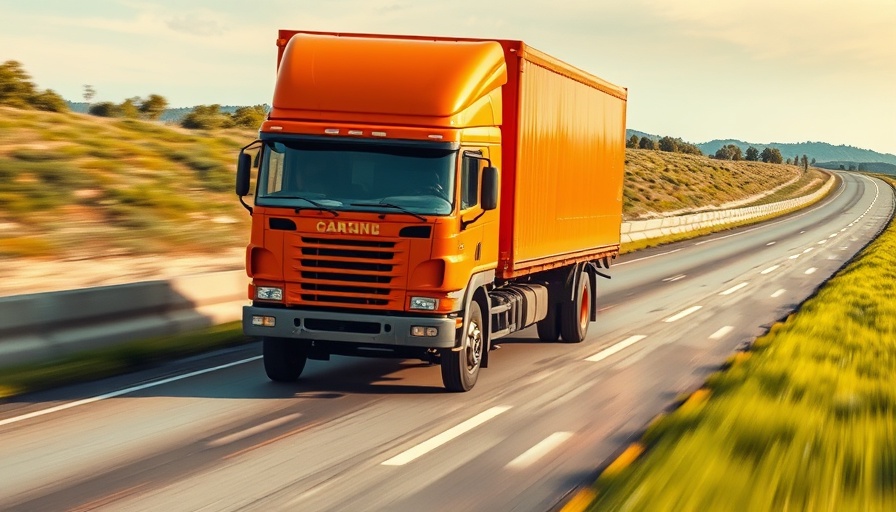
Upgrade Your Driving Experience with Clearview Mirrors
For vehicle owners, especially those with trucks, RVs, and trailers, maximizing visibility is paramount. Clearview mirrors present a significant upgrade over standard factory mirrors, providing crucial benefits such as wider viewing angles, reduced blind spots, and greater durability, ensuring safer travels.
Why Choose Clearview Mirrors? Key Benefits Explained
1. Expanded Field of View: Clearview mirrors can offer up to 30% more viewing area, substantially lessening blind spots. This feature is particularly vital when changing lanes or merging in traffic.
2. Enhanced Safety: Greater visibility means drivers can identify adjacent vehicles more effectively and assess trailer positions accurately, leading to improved maneuvering in tight areas.
3. Reduced Eye Strain: With premium optical glass optimized for clarity, Clearview mirrors decrease distortion, allowing for easier viewing and less fatigue during prolonged drives.
4. Durability: Made from high-quality materials, these mirrors are built to withstand harsh road conditions, ensuring long-lasting performance.
Selecting the Right Clearview Mirror for Your Vehicle
When considering Clearview mirrors, think about your vehicle type and specific needs. Towing mirrors, for example, feature extendable arms for better trailer visibility, while standard replacements cater to everyday vehicles. Customizable options allow drivers to select mirrors best suited to their preferences and driving habits.
Overall, investing in Clearview mirrors leads to safer and more enjoyable driving experiences. Whether you're navigating through urban congestions or embarking on cross-country adventures, the right mirrors can make all the difference.
Your Next Steps: Make the Smart Choice for Your Vehicle
Before purchasing, ensure you research your options thoroughly. Consider compatibility with your vehicle and the specific advantages the mirrors offer for your driving style. Splurge a little on your visibility; it can save you significant pain down the line.
 Add Row
Add Row  Add
Add 




Write A Comment